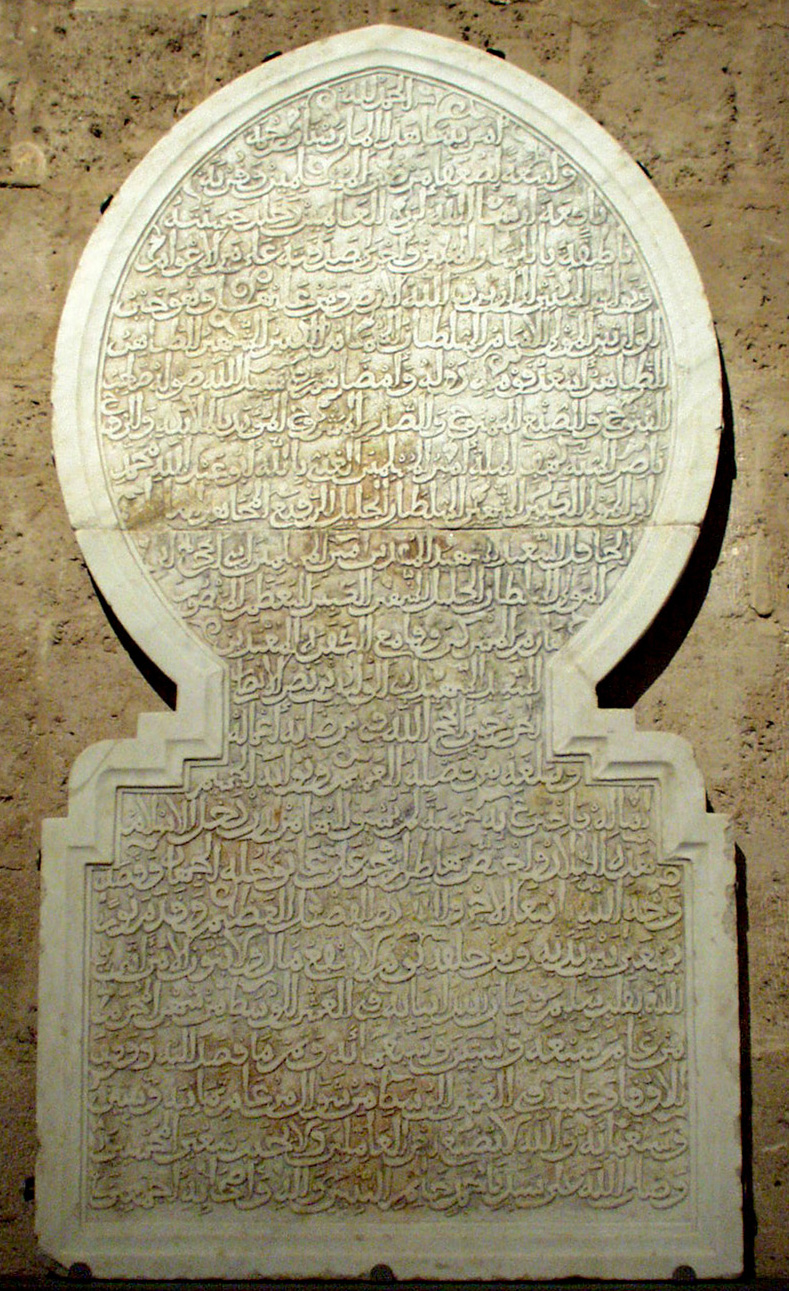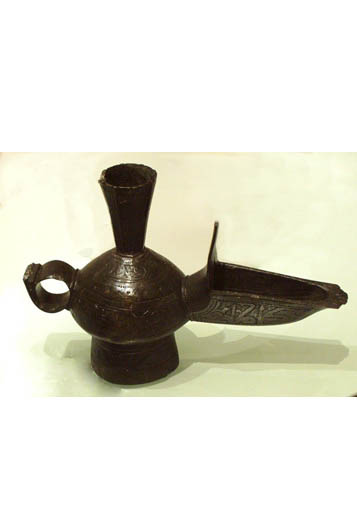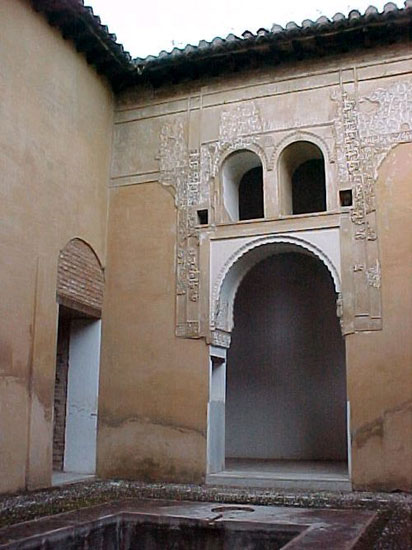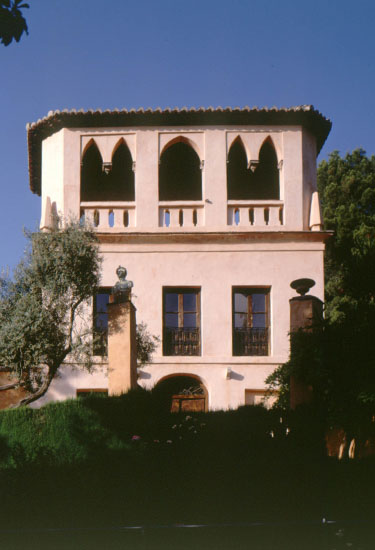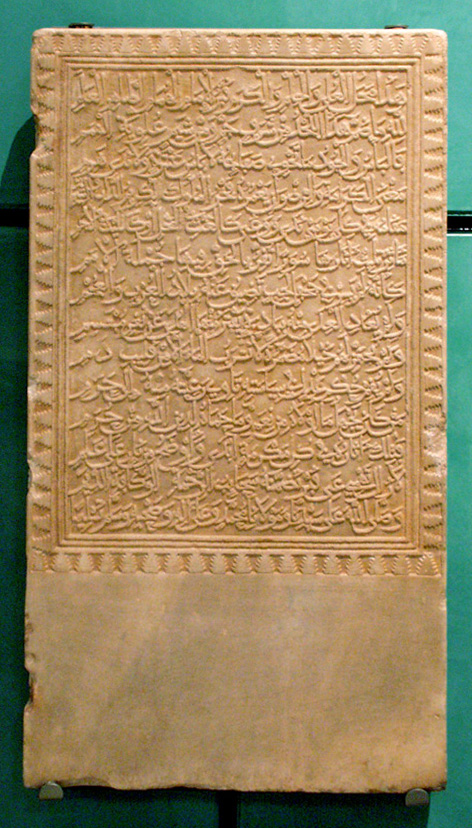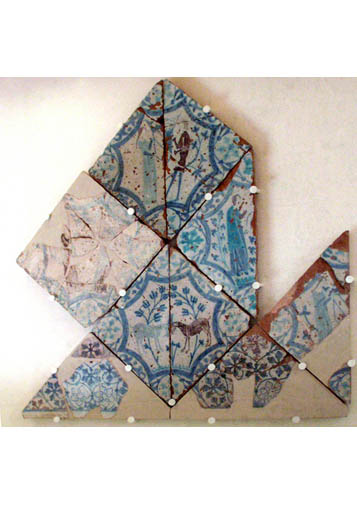The Emperor’s Chambers
Opening time: from 8.30am to 6.00pm. Tuesdays, Wednesdays, Thursdays and Sundays.
Access: with the General Admission ticket to the Monumental Complex of the Alhambra.
Capacity: 30 people.
Name: The Emperor’s Chambers or Washington Irving’s Chambers in honour of the American writer, author of the famous Tales of the Alhambra, who in 1829 lodged in the adjoining rooms, known as “Halls of the Fruits” (Salas de las Frutas).
Period: From 1528.
The wooden coffered ceiling, designed by Pedro Machuca in 1532, as well as two splendid fireplaces, one of them known as the Emperor’s Office and the other as the Emperor’s Suite.
In the context of adaptation of the Muslim palace to the new Christian uses, new rooms were built in the zone known as the meadow, close to the Hall of the Two Sisters. In this area a number of rooms were built that connected the Palace of the Lions and the Palace of Comares. The rooms are thought to have been built during the reign of Emperor Charles V, although some researchers have indicated possible interventions during the time of the Catholic Monarchs. Despite these visual modifications, the new constructions were fully integrated with the other Nasrid rooms as they perfectly adapted to the spatial distribution of the area.
The new rooms are organised around a corridor and an irregular court, diverting from the Muslim structural pattern based on independent cells placed around the courtyard, and thus transforming the communication system between rooms. The first room, known as the Emperor’s Office, conserves a fireplace and a coffered ceiling, designed by Pedro Machuca in 1532; next an antechamber gives access to the royal rooms. Over the door is a marble plate placed there in 1914 in honour of the American writer Washington Irving who lodged in the adjoining rooms known as “Halls of the Fruits” (Sala de las Frutas) in reference to the ceiling decoration that was done by Julio Aquiles and Alejandro Mayner in 1537.





 Contact
Contact






